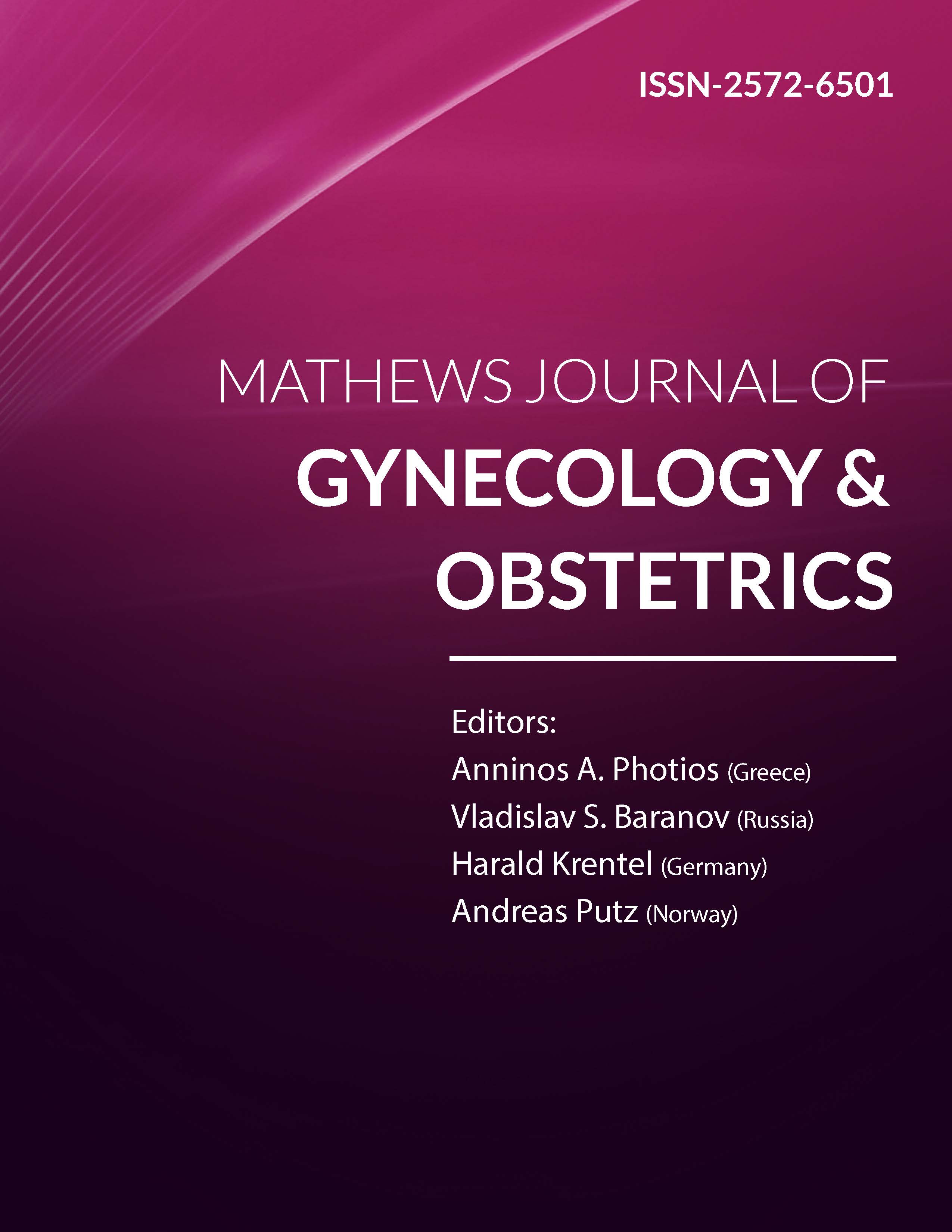
Information Links
Previous Issues Volume 7, Issue 3 - 2023
The Impact of Leucocytospermia on Semen Parameters among Sudanese Sub-fertile Men
Mohammed Ahmed Ibrahim Ahmed1,*, Mubarak Elsaeed Mustafa Elkarsany2, Nahla Ahmed Mohammed Abderahman3, Elameen Elawad Ali4
1Assistant professor of Microbiology, Faculty of Medicine, Department of Microbiology, Nile Valley University, Atbara, Sudan
2Associated professor of Microbiology, Faculty of Medicine, Department of Microbiology, Karary University, Omdurman, Sudan
3Assistant professor of Biochemistry, Faculty of Medicine, Department of Biochemistry, Nile Valley University, Atbara, Sudan
4Consultant in Obstetrics and Gynecology, River Nile State, Atbara, Sudan
*Corresponding author: Mohammed Ahmed Ibrahim Ahmed, Assistant professor of Microbiology, Nile Valley University, Faculty of Medicine, Atbara, Sudan, Tel: +2490122570655, ORCID ID: 0000-0002-0076-6730; E-mail: [email protected].
Received Date: September 21, 2023
Published Date: October 18, 2023
Citation: Ahmed MAI, et al. (2023). The Impact of Leucocytospermia on Semen Parameters among Sudanese Sub-fertile Men. Mathews J Gynecol Obstet. 7(3):29.
Copyrights: Ahmed MAI, et al. © (2023).
ABSTRACT
Background: Leucocytospermia impacts semen differently in different individuals. Semen parameter abnormalities may be influenced by underlying causes like infection and chronic diseases. Aim: To investigate leucocytospermia's and identify microorganisms in sub-fertile Sudanese males' semen and prevalence of leucocytospermia impact on sub-fertile Sudanese males’ semen characteristics. Methods: A descriptive cross-sectional hospital-based study was performed in Atbara-River Nile State, Sudan during August 2021 to August 2023 included 150 patients with sub-infertility. The participants were randomly selected and evaluated. Data was collected through direct personal interview with patients and a predesigned questionnaire was filled. Seminal fluid samples were aseptically collected from each participant after dry masturbation, followed by microscopically examination then cultured. The statistical analysis was done with the help of statistical software for social sciences SPSS 21. The characteristics of the semen, personal and demographic data were analyzed according to the standard protocols. Results: The mean age of respondents was 40.33 + 0.92 years old. 83(55.3%) of participants had leucocytospermia. There was significant difference between pus cell and occupation (p=0.005), motility (p=0.003), morphology (p=0.002), count (p=0.002), epithelial cells (p<0.0001), type of abnormalities (p=0.001) and, type of microorganism (p<0.0001). Conclusion: the study concluded that Escherichia coli, Enterococcus, and Staphylococcus were recognized as potential microorganisms and that sperm quality parameters were all adversely affected by leukocytospermia.
Keywords: Leukosytospermia, Infertility, Atbara.